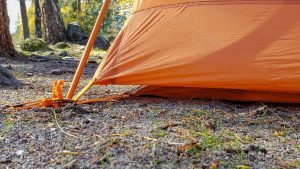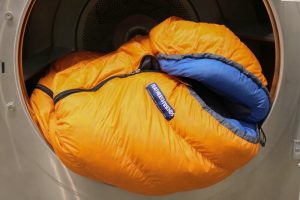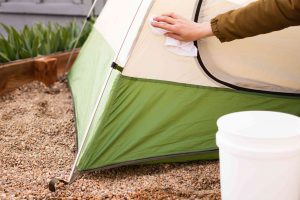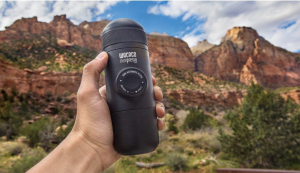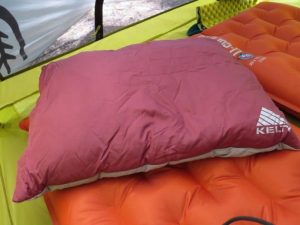Sleeping bag liners are an important part of camping gear. They can be used to protect your sleeping bag from dirt, bugs, and other debris that may get on it while you’re outside for the day. Sleeping bag liners also provide a barrier between your body and the cold ground inside your tent. This guide will show you how to choose the perfect liner so that your next adventure and everything you need to know about it.
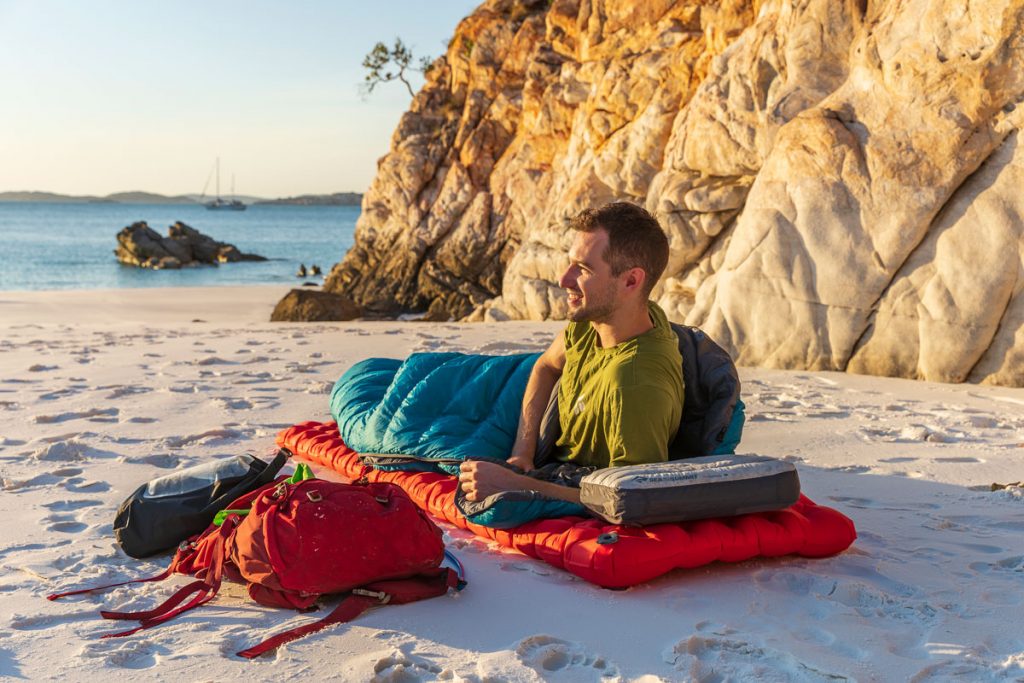
Table of Contents
What is a bag Linear?
A sleeping bag liner is a wearable blanket that goes inside your sleeping bag. They are sewn from a thin material that can be used as extra warmth or protection for your sleeping bag.

Types of Bag Liners
There are several types of bag liners. The type you choose depends on your own personal preferences. But keep these things in mind when shopping around:
- Cotton Bag Liner: A traditional cotton fabric is one of the cheapest options available for a sleeping bag liner. However it can be heavy due to its thick material
- Silk Bag Liner: You can find bag liners made from silk for a lightweight alternative to the cotton liner. These are great choices if you’re looking for an inexpensive sleeping bag liner
- Fleece Bag Liner: Fleece is one of the most popular and versatile options available in terms of materials used for liners. They are lightweight and can provide a lot of warmth in cold temperatures
- Synthetic Bag Liner – A synthetic liner is made from manmade materials like fleece or polyester. They’re usually inexpensive and dry quickly, but they won’t provide much warmth on their own. The fibers act as an insulator to trap heat inside your sleeping bag
- Silk Bag Liner: A silk bag liner is a great option because it’s lightweight, breathable, and provides warmth.

Temperature Rating
You should look at the temperature rating of the sleeping bag before you select a liner that will best suit your needs.
Temperature ratings indicate the coldest temperature at which a person can expect to get a full night of comfortable sleep while using the sleeping bag for its intended purpose. The colder the weather, the lower the number you’ll need for warmth and comfort
Liners with similar temperature ratings, but different construction materials will have a difference in price. If you’re going to be camping during the winter months or anywhere around -20°F and below, make sure your liner can protect against those cold temperatures.
If you plan on using your bag only during warmer seasons like spring and summer, look for an affordable option that doesn’t offer much in the way of insulation.
Look for a liner that offers you maximum comfort
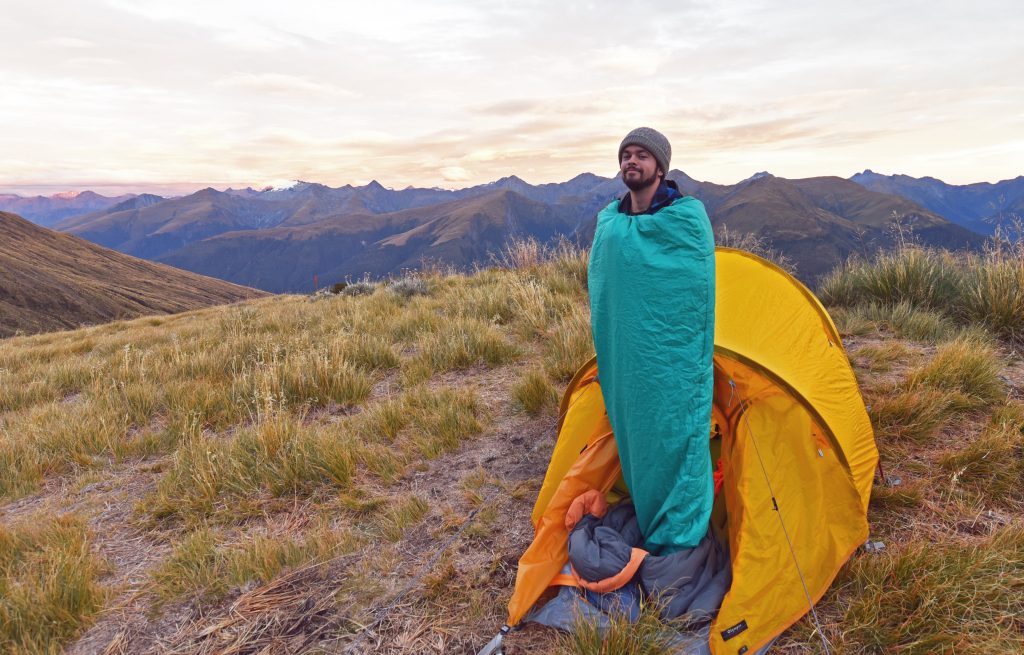
Weight and Packability
The weight of the liner is another consideration you’ll want to keep in mind. The lighter your bag, the easier it will be for you to pack up and carry with you on day trips or hikes away from camp.
Sleeping Bag Liners usually range from a few ounces to over a pound. If you’re stuck with one that’s too heavy for your liking, it can be stuffed into the bottom of your pack or duffel bag on longer trips where weight is an issue.
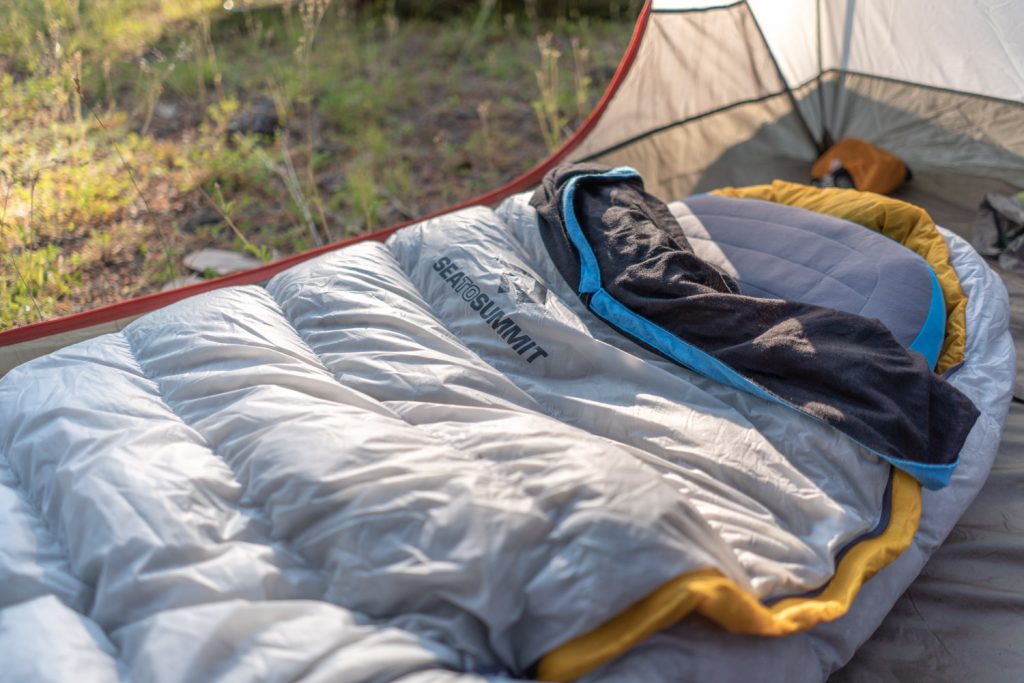
Comfort and Versatility
The most versatile liners are the ones that have a removable cover. This feature will let you wash your liner while still being able to use it without having to wait for it to dry before going back out on an adventure or sleeping in your tent at night. Look for this option if you think you’ll need to wash your liner often.
As for comfort, think about the material and how it will feel against your skin as you sleep. If you’re looking for a high-quality liner that’s lightweight and easy to pack up when not in use, silk is going to be one of the best options available.
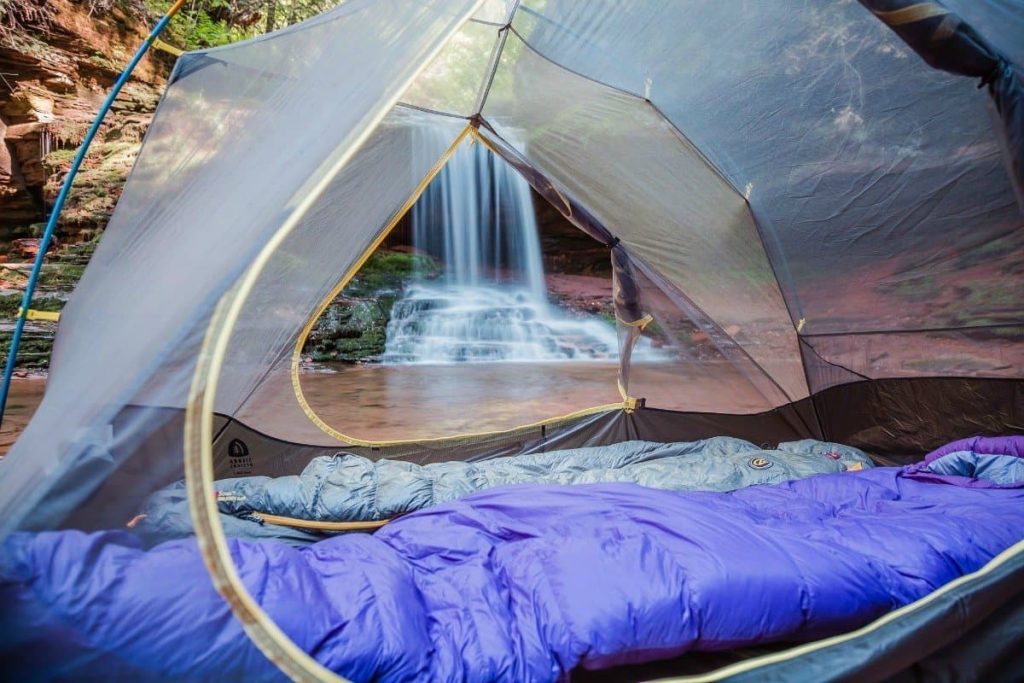
How do I Wash my Bag Liner?
First, you’ll need to remove the sleeping bag liner from your sleeping bag. If it’s a detachable option, simply take the two pieces apart. Then throw both pieces into your washing machine with cold water and gentle detergent
Make sure that you don’t use fabric softener as this can ruin your material over time.
Run the two pieces through a rinse cycle to remove any excess soap, and then toss them in your dryer for about 45 minutes. Make sure you check on your liner periodically while it’s drying so that you don’t over-dry or damage the fabric.

FAQ
Q. What is a sleeping bag liner?
A. A sleeping bag liner is an additional layer that you put inside your existing sleeping bag to provide more warmth and comfort
Q: What materials are used for liners?
A: Fleece, Polyester, Silk, and Cotton are the most popular choice of material when it comes to lining bags
Q: What temperature rating should I look for in a liner?
A: Look for a higher temperature rating if you’re going to be camping during colder months or anywhere around 0°F and below. If you plan on using your bag only during warmer seasons, consider an affordable option that doesn’t offer much insulation
Q: What is the temperature rating?
A. The temperature rating indicates how cold of weather you can expect to get a full night’s sleep in while using the bag for its intended purpose. The
colder the weather, the lower number you’ll need for warmth and comfort
Q: What’s the difference between insulation types?
A. Insulation is what traps heat inside your sleeping bag so that it doesn’t escape into the cold air outside of your liner. There are three different materials that provide this type of protection including down feathers, synthetic fibers, and silk fibers.
Q: What is the weight and packability of a liner?
A. The weight of your bag will depend on what material it’s made out of. The lighter you get, the easier it’ll be for you to carry around with you during day trips or hikes away from camp
Look for liners that offer maximum comfort when it comes to the materials used.
Q: How do I wash my liner?
A. First, you will need to remove the sleeping bag from your pack if it’s a detachable option and then throw both pieces into your washing machine with cold water and gentle detergent. Make sure that you don’t use fabric softener as this can ruin your material over time.
The size of your sleeping pad- If you have a wide sleeping pad, look for a larger liner so that it fully covers


